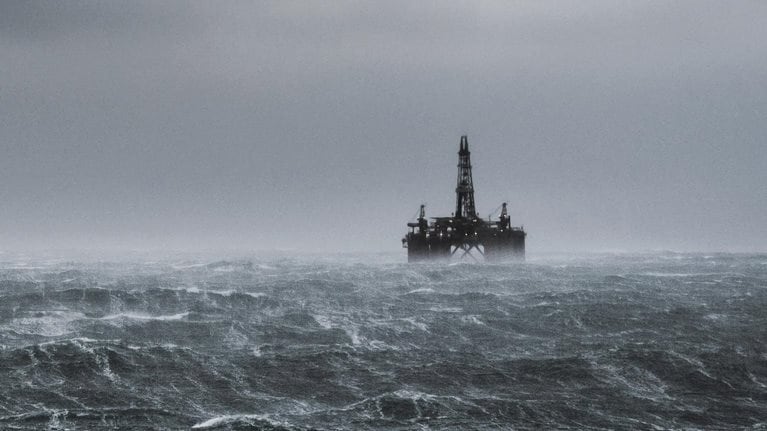Executive summary
2020 was an unprecedented year for gas and liquefied-natural-gas (LNG) markets. Gas demand declined by 3 percent. LNG demand was more resilient and managed to grow 1 percent. However, the year saw high levels of LNG market volatility with both extreme oversupply and extreme tightness during the course of the year.
Gas will be the strongest-growing fossil fuel and will increase by 0.9 percent from 2020 to 2035. It is the only fossil fuel expected to grow beyond 2030, peaking in 2037. From 2035 to 2050, gas demand will decline by 0.4 percent. This relatively moderate decline is due to hard-to-replace gas use in the chemical and industrial sectors, which limits the impact of an accelerating decline in gas used for power.
Would you like to learn more about Energy Insights?
Helps energy companies manage uncertainty and improve performance through analysis, insights, and benchmarking
Meanwhile, LNG is set for stronger growth, as domestic supply in key gas markets will not keep up with demand growth. Demand is expected to grow 3.4 percent per annum to 2035, with some 100 million metric tons of additional capacity required to meet both demand growth and decline from existing projects. LNG demand growth will slow markedly but will still grow by 0.5 percent from 2035 to 2050, with more than 200 million metric tons of new capacity required by 2050.

Global Energy Perspective 2021
McKinsey’s accelerated transition scenario shows resilient gas and LNG demand. Gas demand is just 5 percent less than our reference case, and LNG demand 3 percent less, by 2050. However, the regional drivers of this growth will change, as an accelerated energy transition more rapidly reduces gas use in more-developed markets while leading to higher demand in developing markets as they more rapidly move away from coal use.
The emission intensity of LNG is a critical question for the industry. Global emission regulations are set to grow in geography and scope. For example, the four largest global LNG markets—China, the European Union, Japan, and South Korea—all introduced carbon-neutrality aspirations in 2020. Meanwhile, McKinsey’s LNG Buyers Survey revealed that 33 percent of respondents anticipate that emission-intensity clauses will become more common in contracts. These changing expectations will reshape the industry, potentially restricting opportunities to supply LNG for higher-emission projects and reordering the cost curve if carbon pricing spreads more widely in key LNG-importing markets.
Download Global gas outlook to 2050 for key charts from the report (PDF-615KB).


